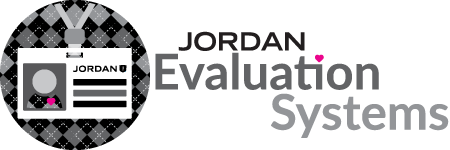Planning
Preparing Instruction
Indicator 52 – Varied Assessments
UETS 5 – The teacher uses multiple methods of assessment to engage learners in their own growth, monitor learner progress, guide planning and instruction, and determine whether the outcomes described in the content standards have been met.
Effective teachers use a variety of assessment techniques appropriate to individual student learning needs that are both formative and summative in nature. The assessments should allow learners to express content knowledge in a variety of ways to gain a more valid and reliable picture of what students know and are able to do. Effective teachers analyze data regarding student attainment of the most critical standards, which allows them to modify instruction to better meet the diverse learning needs of all students. Effective teachers have consistent expectations within a grade level, course, or department regarding standards, instruction, and assessment. Collaboration opportunities for grade levels or departments regarding common assessment data allow teachers to become more effective in their instructional and assessment practices.
IDEAS/SUGGESTIONS:
- Be prepared to show at least three different types of assessment activities, including both formative and summative measures. Assessments can be formative or summative in nature, but the determination really comes from the teacher’s use of the assessment data. An assessment may be a summative measure, but if the data is used to inform instruction, it may be considered formative. Conversely, an assessment may be a formative measure, but if it is used for grading purposes, it may be considered summative. Examples of assessments may include the following:
- Exit tickets
- Anecdotal notes
- Performance tasks
- KWL charts
- Rubrics
- Checklists
- Writing conferences
- White board response activity
- Review activity
- Running records
- Research paper
- Response cards
- Essays
- Student presentations
- Homework
- Individual student or group projects
- Pre-tests/Tests/Quizzes
- Be prepared to show an adjustment in instruction based on one of the assessment outcomes, such as:
- An intervention activity
- An enrichment/acceleration activity
- A re-teaching activity
- Adjustments in planning
- Be prepared to show at least one common assessment and evidence of collaboration using the assessment results to help plan instruction. A common assessment is an assessment that is shared by more than one teacher. Collaboration on assessment results may take one of the following forms:
- Comparing scores across teachers on a common assessment
- Grouping students for intervention/enrichment from assessment results
- An item analysis used to target re-teaching or make adjustments on the assessment
- Discussion and adjustment of teaching strategies for future instruction based on common assessment data
